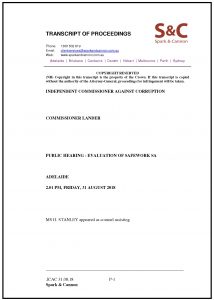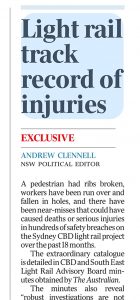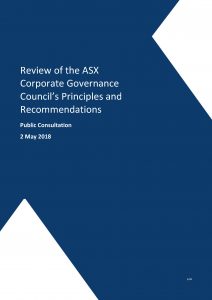The trade union push for Industrial Manslaughter laws in Australia continues as the various State and Federal elections loom. Last week the Senate Inquiry into Industrial Deaths heard the clearest explanation of the need for these laws for some time as Dr Paul Sutton of the Victorian Trades Hall Council went beyond the usual chants of “what do we want? when do we want it?”
Sutton’s proposal for the Victorian laws differs from Queensland’s by taking inspiration from England to pierce the corporate veil to the senior manager level rather than leaving it at the top executive level.


 Occupational health and safety (OHS) is easy. Change is hard. OHS can identify workplace hazards and risks but it is the employer or business owner or Person Conducting Business or Undertaking (PCBU) who needs to make the decision to change. All of this activity occurs within, and due to, the culture of each workplace and work location. OHS lives within, and affects, each company’s organisational culture but a safety subculture is almost invisible, so it is worth looking at the broader organisational culture and there is no better show, at the moment in Australia, than
Occupational health and safety (OHS) is easy. Change is hard. OHS can identify workplace hazards and risks but it is the employer or business owner or Person Conducting Business or Undertaking (PCBU) who needs to make the decision to change. All of this activity occurs within, and due to, the culture of each workplace and work location. OHS lives within, and affects, each company’s organisational culture but a safety subculture is almost invisible, so it is worth looking at the broader organisational culture and there is no better show, at the moment in Australia, than  The
The 
